Let’s get started…
The SDRPlay RSPduo SDR-receiver has been on the market since the Ham Radio fair of 2018 and since then, inquiries regarding the most effective antenna to use with this SDR receiver have been almost continuous. So far, the answer has always been: MegActiv MA305FT.
Why is that?
Because of its diminutive size and low amplification, this antenna does not overload the radio and is very easy to take along on field trips.
In October 2018, Jon Hudson kindly sent me a test unit, praising its performance wholeheartedly. I have now tested this receiver, coupled to two of our larger and more effective antennas; the MegaLoop FX and the MegaDipol MD300DX.
I must admit that initially, I had problems working with the standard SDR Uno software and had to be helped by other DXers. The reference radios used included the Winradio Excalibur, ELAD FDM DuoR, the Bonito RadioJet 1102S and the 1305P, and older models from SDRPlay.
In contrast to the Winradio and the ELAD, the RSPduo is not a Direct Sampling SDR, but a tuner-based radio. The RSPduo contains two receivers with a Mirics MSi2500 tuner utilized for each unit (similar to design of SDR-RTL receivers), offering continuous reception from 1 kHz to 2000 MHz.
Connections
The SDRPlay RSPduo has three antenna connections which can be selected via the software:
- High impedance wire antennas for 1 kHz – 30MHz can be connected to the green “High Z” connector.
- Adjacent to it are two SMA-antenna jacks. Jack ANT A is a 50 Ohm antenna input and covers 1 kHz -2 GHz.
- The ANT B (Bias-T) has the same properties, but additionally you can power active antennas with 4,7 V and 100 m Ah. We will discuss this later on in the article.
All connectors have a selectable MW, FM and DAB notch filter and when activated, signals pass through diverse high-pass, low-pass and bandpass filters, so that unwanted “phantom” signals are suppressed.
And here we go!
To begin with, I have to say that this receiver is much improved over the previous models of the RSP family. The main reason for this is because the lower working frequency of the antenna jacks starts at 1 kHz. Furthermore, according to the manufacturer, the resolution of the ADCs could be enhanced to 14 bits instead of the old 10 Bit or 12 Bit resolution respectively.
I used the MegaLoop FX and the MegaDipol MD300DX antennas simultaneously and sequentially. Only SMA connectors with our 50 cm SMA/BNC adapter cables were used – no wobbly adapters. I managed to do without the High Z connectors completely.
Multitasking
Because of the two identical receivers in the SDRPlay RSPduo, it is logical to compare antennas. However, comparisons should be made with a large monitor screen or with two screens, so as not to lose one’s orientation. In Duo-mode, the Bias-T is not active and the antenna is not powered by the SDRPlay. Therefore, one must use the supplied power unit CPI1000DP. As a result, the bandwidth is reduced to 2 MHz, however, this is no problem at all.
Reception
On longwave the performance of the RSPduo and the Winradio was equally good. Unlike the SDRPlay2, there were almost no “phantom” stations on 18 kHz – 350 kHz during daytime reception. The RSPduo was able to receive the German Navy station on 18.3 kHz, BBC Radio 4 on 198 kHz and the weaker Antena Satelor station in Brasov, Romania on 153 kHz.
As regards stronger stations, e.g. 183 kHz (Radio Europe 1) the SDRPlay was outperformed by the Winradio. That is due to its design and in particular it’s ADC. While the Winradio uses a 16Bit ADC, the SDRPlay uses 14Bit and so the maximum dynamic range of the RSPduo is limited, particularly in handling strong signals.
- The SDRPlay RSPDuo only reproduces a 75dB SNR of the MegaDipol MD300DX.
- The Winradio reproduces the true 95dB SNR of the MegaDipol MD300DX
On shortwave the RSPduo performed well. There were rarely any distortions caused by the stronger stations (SNR > 75dB) with excellent modulation. This could not be remedied by changing antennas (Loop instead of Dipol and vice versa). One method of resolving this issue was to use the “Zero IF” position instead of the standard “Low IF”. I believe we probably hit the DC-suppression by accident.
- 9810kHz with MegaLoop FX
- 9810kHz with MegaDipol MD300DX
The best results were achieved using 2 MHz bandwidth with the decimation switched to “8” resulting in a 250 kHz bandwidth. Using this method, the signals were displayed much more clearly.
Measures against overloads or intermodulations
Should you encounter intermodulations or “phantom” stations, there are some easy fixes to desensitize the antenna. By following this methodology, the electronics of the RSPDuo will be less affected and you will achieve improved results.
MegaLoopFX
I would strongly advise use of the 5m loop and not exceed this length. I would also advise use of the standard amplification “Mid” position. Depending on how often and how many intermodulations are present, the “Min” position might prove even more useful.
MegaDipol MD300DX
A vertical assembly is highly recommended. In case of interference from the immediate neighborhood, the L-configuration (lower radiator toward the source of interference) is the optimum solution. In case of overly strong signals and lighting up of the “Overload” indicator, I advise the user to shorten the two standard stainless-steel radiators to 1.25m. Simply roll up the radiator halfway and fasten it with cable ties.
Coax cable and grounding
I always advise the use high quality coaxial cable (i.e. not RG 58 type) with high shielding values and to this end, recommend H155 or Hyperflex5. With its excellent shielding of 90 dB (H 155) or 105dB (Hyperflex 5) you will not experience unwanted radiation. For more information please read our coax cable article here.
Please do not use thin cables made in China on the last few meters of the connection. They have a small diameter and are very flexible, but have very bad shielding (usually less than 40 dB). On the last few meters of your cables particularly, you should always ensure the best possible shielding. There are countless sources of interference: Computers, notebooks and monitors are often near the receiver and can have adverse effects.
A good ground, e.g. at the base of the antenna, can avoid turning the coax cable into an extension of the main antenna. Both our antennas have ground connectors.
GI 1000
The galvanic insulator GI1000 suppresses interference which can reach the receiver via the direct ground connection. This happens mostly in the lower frequency range. With a low insertion loss of max 1.5 dB from 50 kHz – 1 GHz, the GI 1000 can be used universally above these frequencies. Up to 1.25 GHz, signals will by attenuated by -3dB. Additionally, there is double surge protection and the input and output are blocked for direct current up to 50V. The GI 1000 should be connected to the receiver as closely as possible to avoid other interference.
It should also be noted that the GI 1000 blocks direct current and so a direct power supply to the active antenna via the integrated Bias-T of the RSPDuo is not possible. In this case, the antenna must be powered with the supplied power inserter CPI1000DP.
USB cable
It is possible for interference to reach the SDRPlay RSPduo through the USB cable. I noticed many small spikes over the complete frequency band while recharging a Microsoft Surface Tablet PC. I therefore replaced the standard USB cable with a thicker USB cable with ferrite cores. As a result of this cable change, the spikes disappeared.
Bias-T or Power Inserter?
Although the RSPduo has a connector for a Bias-T, I would still recommend the use the CPI1000DP power inserter.
Why?
When running my tests, the power for the receiver was shut off a couple of times and the radio had to be disconnected and the software restarted to activate the power inserter again. Additionally, when using both receivers (Duo-Mode) the power is deactivated, anyway. The antennas can be powered with our excellent power bank.
Mobile operation
Because it is powered by USB, the RSPduo is a good radio for mobile operation. With my Surface Pro 3 tablet PC connected to the RSPduo and using the MegaLoop, I was able to operate the radio for 5.5 hours without any additional power supply.
Conclusion: Yes, it can!
I must say that I was pleasantly surprised by the performance of the SDRPlay RSPduo. Following the tips mentioned in this article, the receiver can easily cope with the MegaLoop FX as well as the MegaDipol MD300DX. Attention should be paid, however, to the settings of the amplifiers of the antenna and the radio. This is mostly a question of trial and error. Despite this, when using the radio “straight out of the box”, acceptable results can still be achieved. Once you have achieved reasonable reception, you can start the fine tuning.
As a result, you do not have to restrict yourself to a smaller antenna, e.g. the MegActiv 305 or the Boni-Whip. My tests have demonstrated that the SDRPlay SDRduo also tolerates bigger antennas. I would recommend the MegaLoop FX to all those users who suffer from a lot of local neighborhood interference and who do not have a lot of space to site an antenna. In these instances, this magnetic antenna often achieves better results. If, however, you live in an electrically quiet area, you can use the MegaDipol MD300DX, but you should pay special attention to the maximum signal level.
Keep listening!

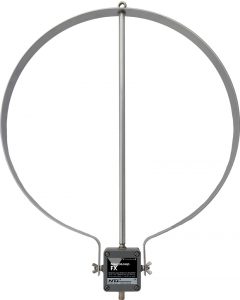
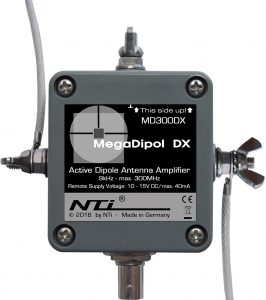
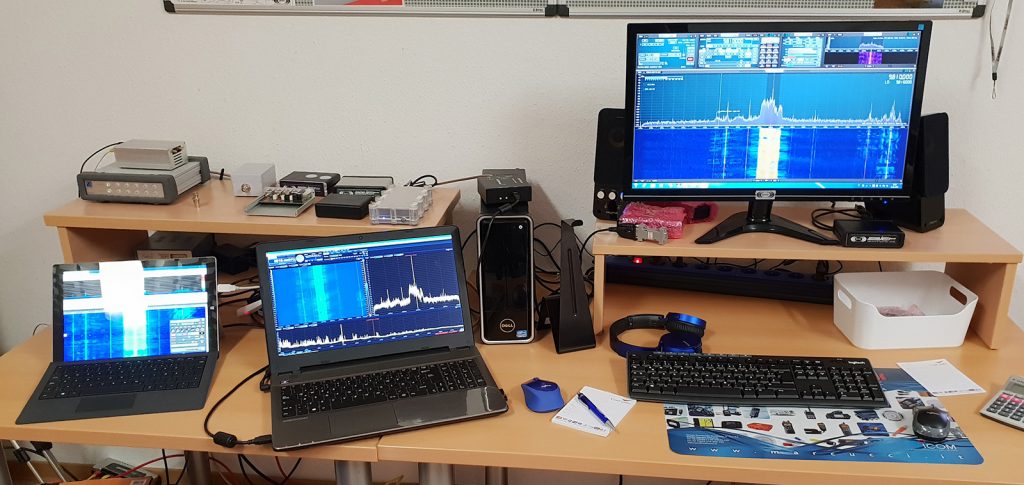
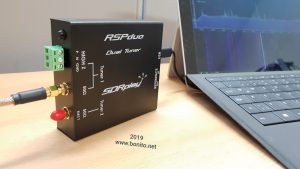
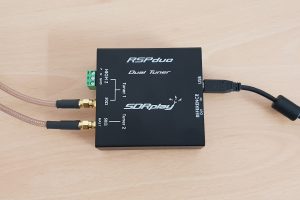
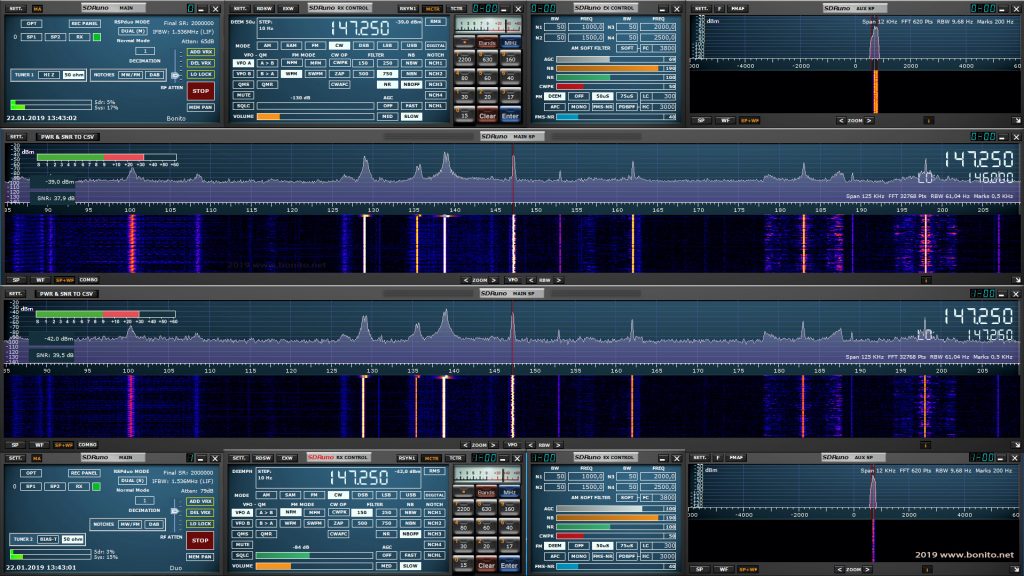
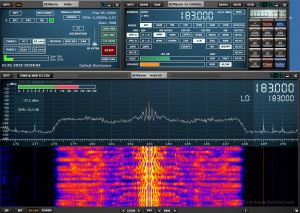
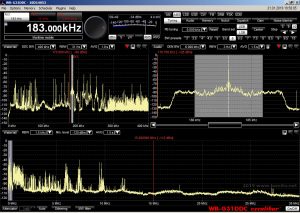
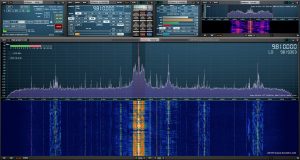
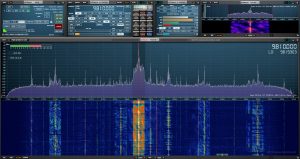
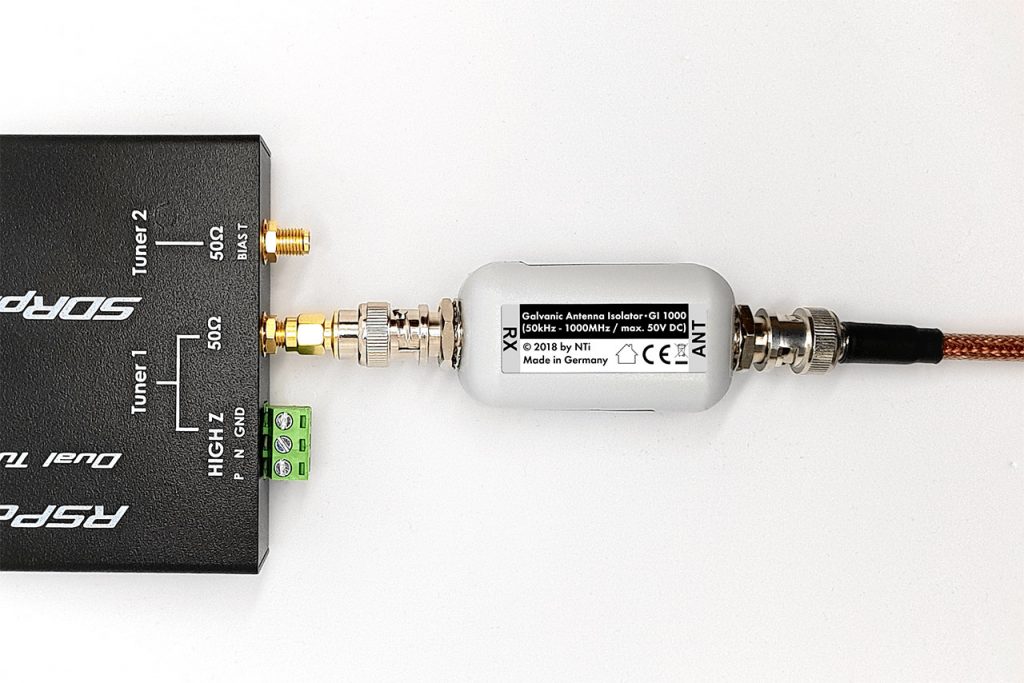
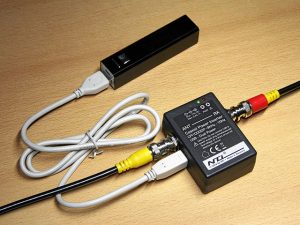
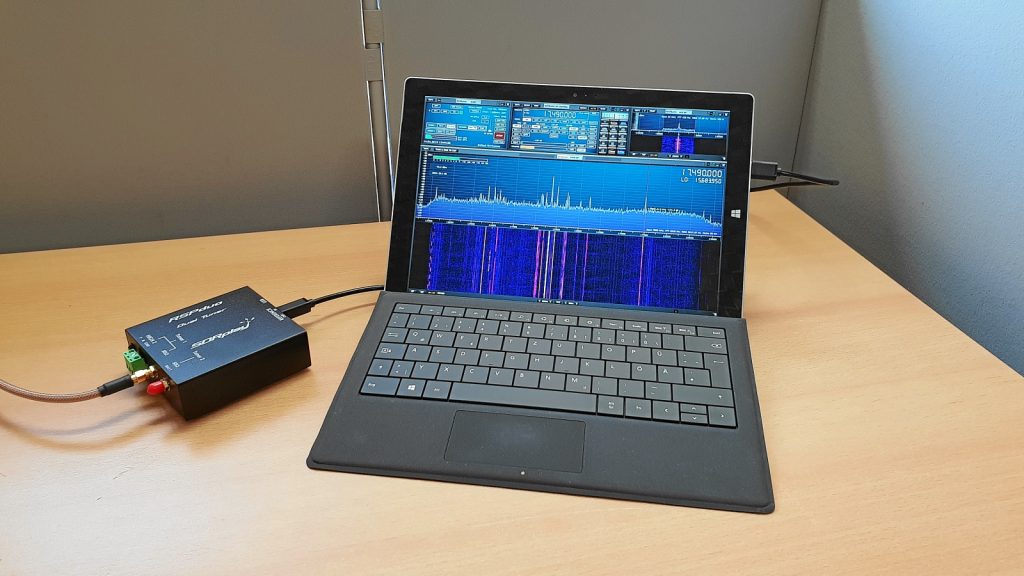
Thank you for this very useful article! I have been looking at the GigAktiv GA3005 antenna for use with the RSPduo. Can you provide any insight as to how it will compare to the other Bonito choices? I live in Toronto, Canada, in an apartment; there are very limited options for mounting an antenna. Would the GigAktiv with GI 1000 work for general hobby listening?
Tschüss, Paul
Hi Paul,
it has the same values as the other E-Fiel Antennas from us, but it starts at 9kHz and goes up to 3GHz. This antenna should be mounted outside if you want to receive Shortwave radio as well. If you have a balcony, I would recommend to mount it there. But the question is, what do you like to receive mainly?
Maybe send us an E-Mail and tell us what you prefer.
Keep listening
Dennis
Dennis,
May I remind you that the following text you posted in this article is wrong:
The ANT B (Bias-T) has the same properties, but additionally you can power active antennas with 4.0, 7.0 V and 100 m Ah. We will discuss this later on in the article.
The detailed information from SDRplay states that there is a Bias-T output of 4.7v limited @ max 100 mA. Nowhere does it say that there is also a 7 v voltage available on tuner 2.
73′ Ron
Yes, there was a error while the translation and no one saw it. I changed it. Thank you.